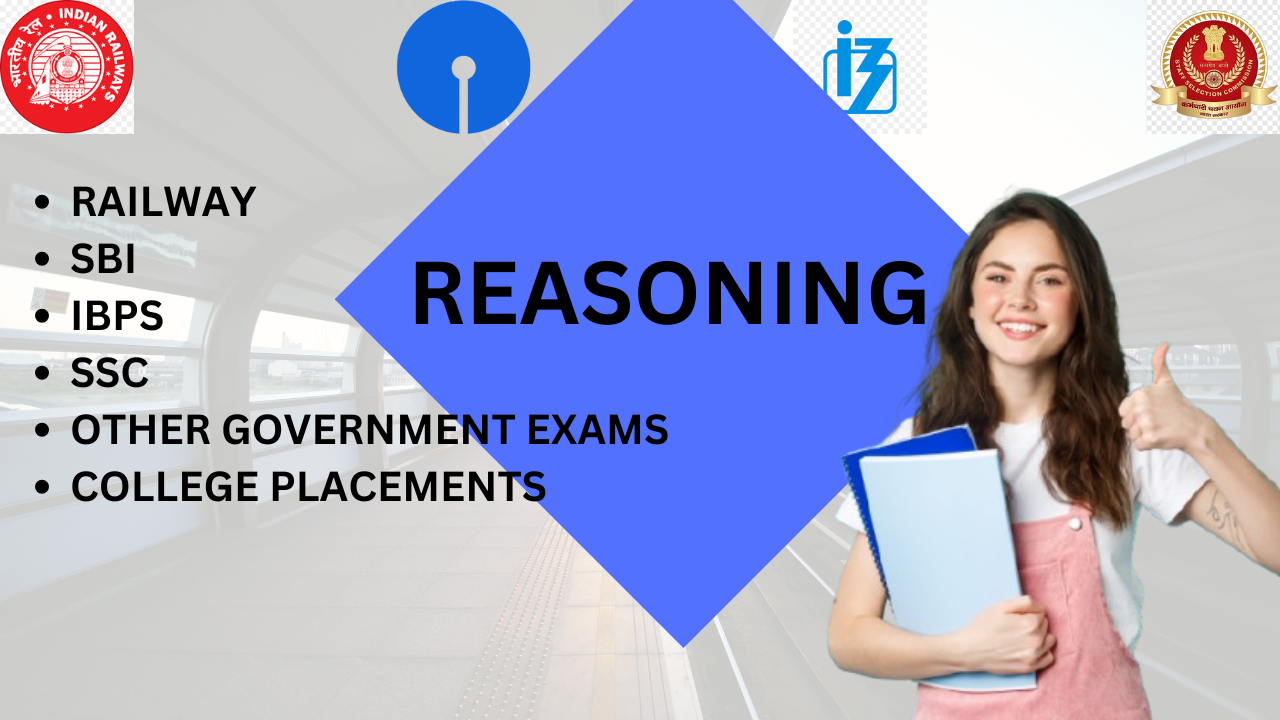Description
Our Reasoning Ability course is meticulously designed to enhance candidates’ logical and analytical thinking skills, crucial for excelling in various government examinations such as IBPS, SBI, Railway, and SSC. This course focuses on developing the ability to interpret, analyze, and deduce information efficiently, ensuring a strong performance in the reasoning sections of these competitive exams.
Course Structure:
The course encompasses a comprehensive range of topics commonly featured in the reasoning sections of major government exams:
-
Verbal Reasoning:
- Alphabet Test: Understanding sequences and patterns in alphabets.
- Blood Relations: Determining relationships between individuals based on given information.
- Calendars and Clock Reasoning: Solving problems related to dates, days, and time calculations.
- Data Sufficiency: Assessing the adequacy of data to answer specific questions.
- Decision Making: Evaluating scenarios to make logical decisions.
- Direction Sense: Determining directions and distances based on given data.
- Input-Output: Analyzing sequences of operations applied to data.
- Puzzles and Seating Arrangements: Arranging individuals or items based on specific conditions.
-
Non-Verbal Reasoning:
- Analogy: Identifying relationships between pairs of figures or patterns.
- Classification: Grouping figures or patterns based on common characteristics.
- Number and Letter Series: Recognizing patterns in sequences of numbers or letters.
- Mirror and Water Images: Interpreting reflections of figures.
- Cubes and Dice: Visualizing three-dimensional objects and their properties.
-
Logical Reasoning:
- Syllogism: Drawing conclusions from given statements.
- Coded Inequalities: Deciphering inequalities presented in coded forms.
- Order and Ranking: Determining positions or ranks based on given criteria.
- Tabulation: Organizing and interpreting data in tables.
- Statements (Assumptions, Arguments, Conclusions): Evaluating logical statements to identify assumptions, arguments, or conclusions.
- Coding-Decoding: Interpreting coded language or patterns.
- Input-Output: Analyzing sequences of operations applied to data.
- Cause and Effect: Identifying causal relationships between events.
- Venn Diagrams: Using diagrams to represent logical relationships.



